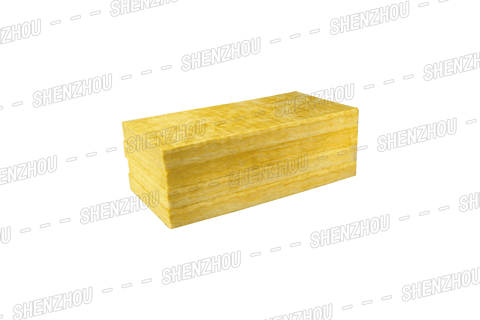
What are the cons of glass wool insulation?
7/1/20245 min read

Although the disadvantages of glass wool insulation materials are relatively few, there are still some unfavorable factors worth considering in specific occasions and applications. The following is a detailed discussion on the shortcomings of glass wool insulation materials.
Firstly, glass wool may generate a certain amount of dust during installation. This material is mainly made of fiberglass, which is prone to breaking and producing small fiber particles during cutting, processing, or installation. If these particles are inhaled into the human body, they may cause irritation to the respiratory system, especially for long-term contact or sensitive individuals, which may cause discomfort or allergic reactions. Therefore, when installing glass wool, appropriate protective measures need to be taken, such as wearing protective masks and gloves, and ensuring good ventilation in the work area..
Categories
Popular
Applications of Glass Wool Board:
Interior Wall Compartments:
Enhances the functionality and aesthetics of interior spaces.
Ceiling Systems:
Provides effective insulation for ceilings, contributing to energy efficiency.
Insulation of Iron Sheet Air Ducts or Bellows:
Ideal for insulating ductwork, ensuring thermal efficiency.
Sound Absorption and Noise Reduction:
Reduces noise levels in machine rooms, creating a quieter working environment.
Exterior Wall Insulation:
Offers insulation for residential building exteriors, contributing to energy savings.
Glass Wool Insulation





Secondly, the moisture absorption of glass wool is relatively poor. This means that in humid environments, glass wool may lose its insulation performance, leading to a decrease in energy efficiency. In addition, if glass wool is kept in a damp state for a long time, it may also lead to the growth of mold, further affecting its effectiveness and indoor air quality. Therefore, when choosing glass wool as insulation material, it is necessary to fully consider its usage environment, especially in damp or easily waterlogged areas, which may require additional moisture-proof measures.
In addition, the fire resistance of glass wool is relatively low. Although glass wool itself does not burn, its fiber structure may change in high-temperature environments, leading to a decrease in insulation performance. In addition, if glass wool comes into contact with open flames or high-temperature objects, it may also produce harmful gases, posing a threat to personal safety. Therefore, in situations where fire or high temperature resistance is required, it may be necessary to choose other insulation materials with higher fire resistance performance.
In addition, the price of glass wool is relatively high. Compared with other insulation materials such as mineral wool and rock wool, the manufacturing cost of glass wool is higher, so its price is relatively expensive. This may increase the initial investment cost of construction or industrial equipment. However, in the long run, glass wool has superior insulation performance and can effectively reduce energy consumption and operating costs. Therefore, when considering cost-effectiveness comprehensively, glass wool is still a worthwhile insulation material to choose.
In terms of environmental protection, there is also some controversy over the production and use of glass wool. Although the main raw material for glass wool is discarded glass products, certain pollutants may be generated during the production process. In addition, if discarded glass wool is not handled properly, it may also cause pollution to the environment. Therefore, when promoting the use of glass wool, it is necessary to pay attention to its environmental performance and the sustainability of the production process, take appropriate environmental protection measures, and reduce the impact on the environment.
Finally, the service life of glass wool is relatively short. Due to the fiber structure of glass wool being susceptible to mechanical damage and chemical corrosion, its service life may be relatively short. During long-term use, glass wool may experience problems such as breakage, detachment, or decreased performance, requiring regular replacement or maintenance. This may increase maintenance costs and replacement frequency, affecting the stability and reliability of the insulation system.
In summary, although glass wool insulation materials have excellent insulation performance and broad application prospects, there are also some unfavorable factors in installation, use, and maintenance processes. Therefore, when selecting and using glass wool, it is necessary to fully consider its advantages, disadvantages, and applicability, and take appropriate measures to overcome its shortcomings to ensure its maximum insulation effect.

Why Choose SHENZHOU Glass Wool Board?
SHENZHOU® Glass Wool Board not only meets the essential requirements of thermal insulation but also excels in sound absorption and noise reduction. Its adaptability to various settings, coupled with the convenience of construction and installation, positions it as a leading choice for architects, builders, and contractors.
In conclusion, the broad application prospects of SHENZHOU® Glass Wool Board make it a comprehensive solution for enhancing comfort, energy efficiency, and acoustic performance across diverse projects. Choose SHENZHOU® for insulation solutions that go beyond expectations.










About Us
Click the button below to get more information about us
Newsletter
Click to subscribe for more information
Follow Us
Contact Us
Address
Dacheng town, Langfang City, Hebei province, China
Phone
+86 185 03165 626


